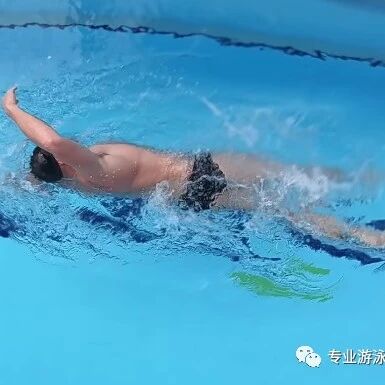To swim freestyle comfortably with effortless breathing, start by mastering the arm movement first.
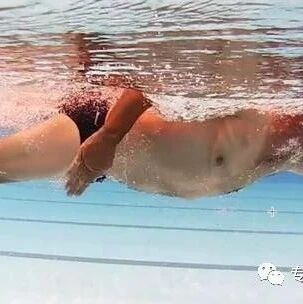
Some swimmers might say, "Reaching out with your arms? That’s easy—anyone can do it!" But before you jump in, take a closer look at the swimming posture shown in the image above—it’s a demonstration of incorrect technique. And by the way, all the other photos in this article also depict flawed movements.
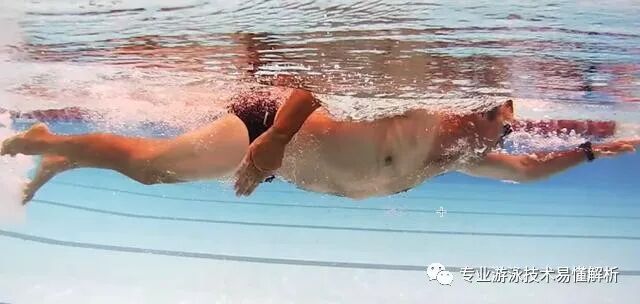
The forward arm movement is crucial both before and after entering the water. A smooth, well-executed entry is essential—it minimizes water resistance, provides strong support, and sets the stage for the subsequent catch phase. Yet, in learning freestyle swimming, this key technique often gets overlooked by swimmers. Many treat the forward arm extension merely as a marker of the front crossover—yet this is a significant misunderstanding of its true purpose and importance.
1. Many people can't even straighten their arms.
The correct entry into the water involves the palm entering at an acute angle to the water’s surface—smoothly, silently, without any splash or resistance. Once submerged, your palm should point straight ahead, neither drifting inward nor outward. After entry, your arm should maintain a position where the shoulder is higher than the elbow, the elbow higher than the wrist, and the wrist higher than the palm. The angle between your palm and wrist should form a of approximately 160 degrees, with your palm angled slightly downward and to the side.
Most importantly, the entire arm should be aligned in a straight line, with the upper arm and forearm rigidly connected as one continuous line—there should be no bending or curvature.
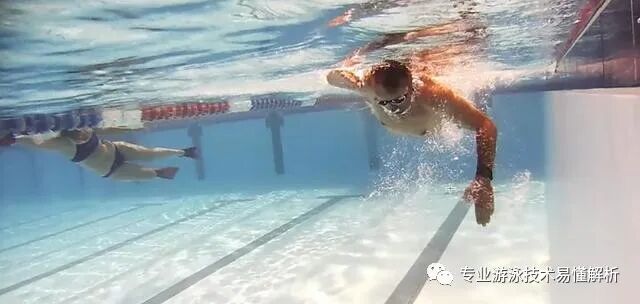
2. More people extend their arms too early
Many swimmers follow the advice from freestyle tutorials that "entering the water as far out as possible can improve swimming speed"—but this is essentially a misconception. Even within the context of the Total Immersion freestyle method, the emphasis is on making the entry point feel natural, not on pushing it "as far out as possible."
Due to improper technique guidance, many swimmers, in their pursuit of achieving the furthest possible entry point, end up extending their arms almost fully before even entering the water. As a result, once submerged, their arms lose their intended function. Moreover, prematurely straightening the arms inevitably leads to a downward pressing motion through the water—creating an abrupt transition from the forward-reaching position directly into the catch-and-pull phase.
3. Fewer people are further stretching their arms.
Stretching your arms further isn’t just about elongating your body or achieving a more streamlined posture—it’s the process itself that provides critical support to your frame. This becomes especially noticeable as you gain confidence and proficiency in freestyle swimming technique.
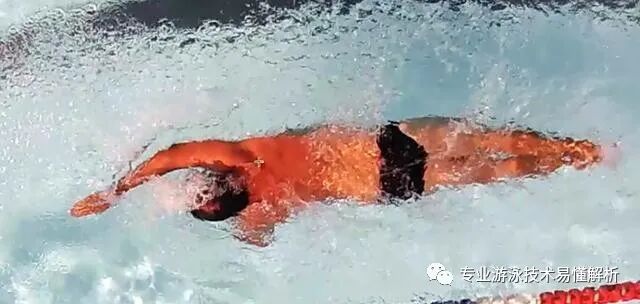
As the arm continues to extend, one arm pushes the water straight backward while the opposite leg performs a flutter kick. Together, the propulsion from pushing the water and the rhythmic action of the kicking leg help accelerate the body’s lateral rotation. At the same time, the extending arm completes its motion, and when these forces are perfectly coordinated, you can clearly feel the sensation of "drilling through the water"—a smooth, powerful glide that propels you forward with ease.
Additionally, the further extension of the arms is highly beneficial for breathing—when fully extended, your swimming speed reaches its peak, and the water displacement creates an excellent "puddle" effect, making it the perfect moment to catch your breath. Relax your neck and cervical spine, gently resting your head on the shoulder of your forward-reaching arm. Keep your eyes looking straight ahead to the side, allowing you to observe how the water—and your body—swiftly recedes backward in a beautifully fluid motion.
Related Articles
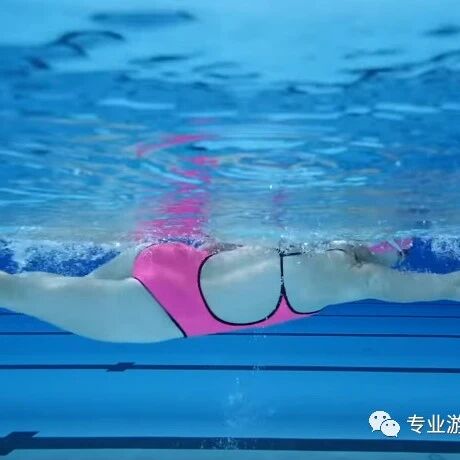
Three essential stages in learning freestyle—practices that become more refined with consistent training.
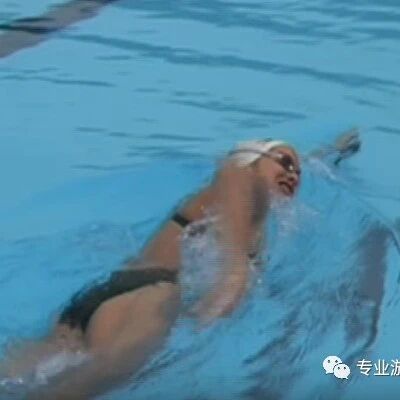
Does a snorkel indicate low swimming proficiency? Misconceptions about swimming gear
